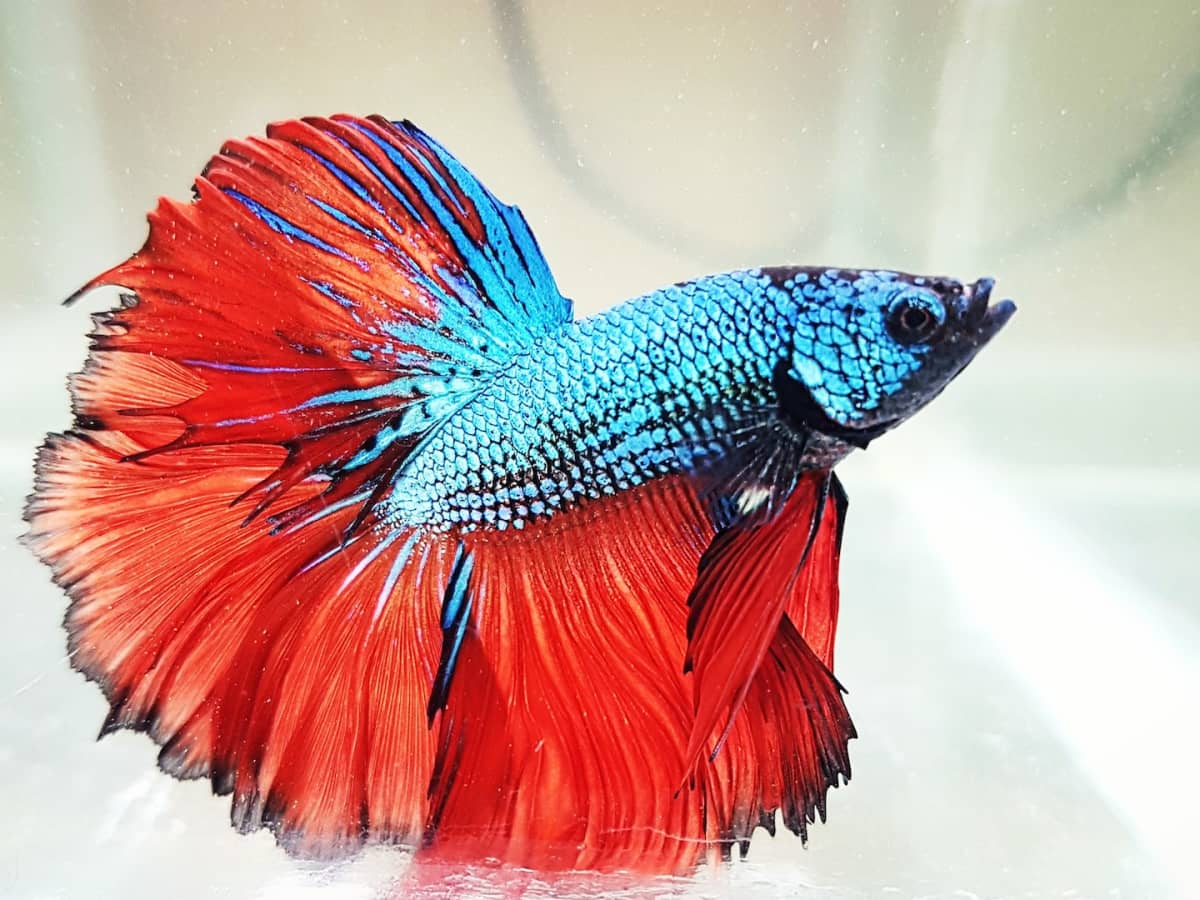Just How to Introduce Betta Fish to a Neighborhood Tank Safely
Just How to Introduce Betta Fish to a Neighborhood Tank Safely
Blog Article
Exactly How to Reproduce Betta Fish Effectively: Specialist Techniques and Insights for Hobbyists Seeking To Broaden Their Betta Collection
Reproducing Betta fish calls for a nuanced understanding of genes and ecological problems, making it important for enthusiasts to come close to the process with both diligence and care. Producing an ideal breeding setting, selecting the best pairs, and observing the intricacies of their courtship behaviors are foundational steps that can substantially affect the outcome. Moreover, the subsequent care of the fry is critical for ensuring their healthy growth. As we explore these vital elements, it comes to be clear that successful reproduction is not practically the preliminary pairing yet incorporates a wider strategy that merits mindful factor to consider.
Understanding Betta Fish Genetics
Recognizing the genes of Betta fish is essential for effective breeding, as it influences traits such as shade, fin form, and actions. Betta fish exhibit a diverse range of colors and patterns, mostly established by their genetic make-up.
In addition to coloration, fin morphology is an additional substantial element of Betta genes (betta fish). The sizes and shape of fins are influenced by various genes, consisting of those that establish whether the fins are brief, long, or veil-shaped. Understanding these genetic variations helps breeders forecast the phenotypic results of their offspring
Furthermore, behavior qualities such as aggression and territoriality can additionally be affected by genetics. These behaviors play an important duty in the breeding process, as they can impact generating success and the overall personality of the resulting fry. By comprehensively recognizing these genetic concepts, breeders can make educated choices, eventually improving their breeding programs and achieving desirable results.
Preparing the Reproduction Atmosphere
Producing an ideal reproduction atmosphere is important for the successful reproduction of Betta fish. The initial step in preparing this environment is to pick an ideal breeding storage tank, ideally varying from 5 to 10 gallons.
Next, consider using a sponge filter or an air stone to give mild water circulation without creating solid currents that can emphasize the fish. It is important to mount plants or breeding cones to use hiding spots and advertise comfort for the woman throughout the spawning procedure. Drifting plants, such as Java moss or water sprite, can likewise develop an extra native environment while helping with bubble nest structure by the man.
Before introducing the breeding pairs, ensure the water is conditioned and totally free from harmful chemicals, such as chlorine or heavy steels. betta fish. Regular water changes should be carried out to maintain ideal water top quality, improving the chances of effective reproduction. With these prep work in location, the reproducing environment will support the health and wellness of both Your Domain Name Betta fish
Choosing Reproduction Pairs
Selecting the ideal reproduction sets is crucial for accomplishing successful Betta fish recreation. When selecting your breeding sets, take into consideration several crucial aspects consisting of health and wellness, temperament, and genetics. Healthy and balanced Betta fish show dynamic shades, clear eyes, and energetic habits. Choosing fish that are free from disease makes sure a better opportunity of creating viable offspring.
Character is one more vital factor to consider, as Betta fish are understood for their hostile nature. It is suggested to select a man and female that display compatible characters to lessen tension during the breeding process. A calm man can motivate a smoother courtship, while a female that is also aggressive might interrupt the procedure.
Genetic history likewise plays a considerable role in the top quality of the offspring. Breeding fish that are genetically varied can lower the danger of genetic health problems and improve the general vitality of the fry. It is useful to research the lineage of both the man and lady, focusing on preferable characteristics such as fin kind, color patterns, and dimension.
The Breeding Refine
The breeding process of Betta fish needs mindful planning and interest to detail to make sure a successful end result. At first, it is crucial to prepare a suitable breeding tank, ideally a 5-10 gallon fish tank with a temperature level maintained at 78-80 ° F. The container needs to Continued be geared up with a heater, filter (preferably sponge type to avoid solid currents), and a lot of aquatic plants for the female to hide.
As soon as the atmosphere is established, introduce the selected reproducing pair to the tank, permitting them to acclimate. Observe their habits; the male will show elaborate courtship rituals, including flaring his fins and building a bubble nest. If the lady shows rate of interest, she will present upright stripes indicating preparedness for spawning.
When the female is receptive, the set will certainly involve in a breeding accept, during which the male fertilizes the eggs. Maintaining optimum water problems during this period is crucial for the advancement of healthy Betta fry.
Caring for Betta Fry

Feeding Betta fry is important, as they require a diet high in healthy protein. They can be fed infusoria or fluid fry food, transitioning to carefully crushed top notch pellets as they expand. Feed small sections multiple times a day to urge healthy growth without overwhelming link the storage tank with uneaten food.

As they grow, check their growth closely and separate any aggressive individuals to stop injury. By offering a supporting environment and correct nutrition, enthusiasts can efficiently elevate Betta fry right into dynamic, healthy fish, inevitably enhancing their breeding undertakings.
Conclusion
Effective Betta fish reproduction requires thorough focus to genetic selection, ecological conditions, and treatment for the fry. By comprehending the genetics of Betta fish and preparing an appropriate reproduction atmosphere, enthusiasts can enhance the opportunities of creating dynamic, healthy and balanced spawn.
Report this page